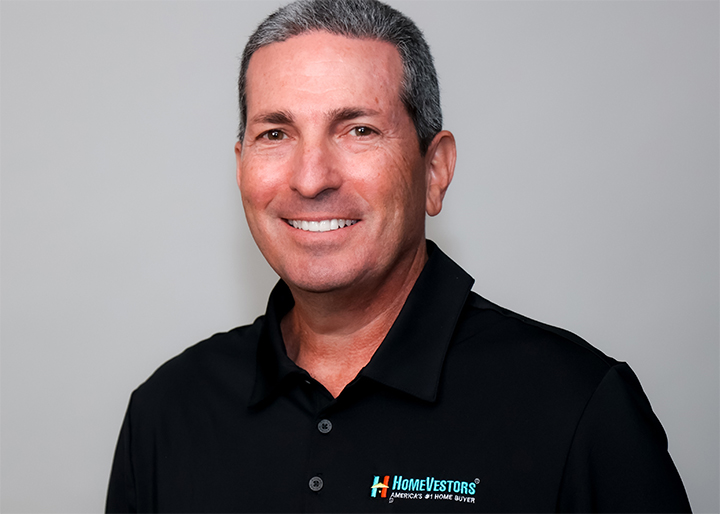Dwellsy
A Functional Marketplace on Multiple Levels By Carole VanSickle Ellis Renting has been difficult in the 2020s, and that goes for all parties involved. While residents tend to make the headlines most frequently due to housing shortages and skyrocketing rent rates, landlords and institutional property owners have struggled as well with the emergence of astounding levels of fraudulent rental-related activity, confusing pandemic-related regulations, and rising demand for bigger, remote-work-friendly single
Read More












